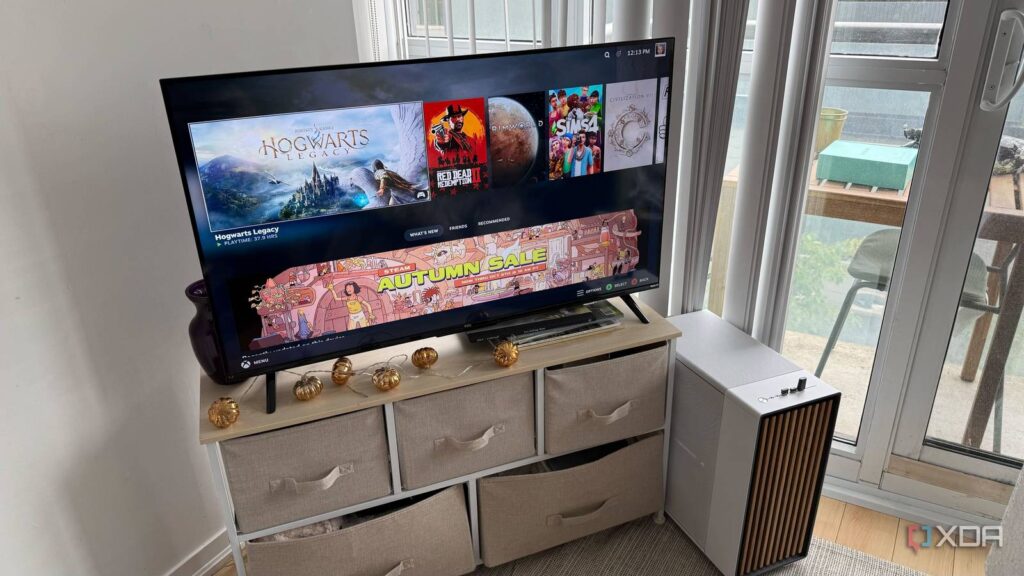
In an era where technology is rapidly evolving, many households find themselves with outdated hardware that seems destined for obsolescence. However, for one tech enthusiast, an old desktop PC has been given a new lease on life as a full-featured home theater PC (HTPC), transforming a once mundane living room into a dynamic entertainment center.
The transformation began with a desire to enhance the television experience beyond the limitations of a standard Roku operating system. While Roku excels at streaming general entertainment, it falls short in providing a comprehensive multimedia experience. This led to the creation of a custom HTPC, utilizing existing hardware and a keen eye for design aesthetics.
Building the Foundation: The Hardware
The core of the HTPC project revolved around repurposing an old desktop workstation. The main components included an Intel Core i7-10700K CPU, known for its efficient cooling capabilities, and an EVGA FTW3 RTX 3080 GPU. Although the GPU might be considered overkill for this setup, its performance ensures smooth 4K gaming at 60 frames per second, even with reduced power limits for quieter operation.
Additional components comprised an ASUS Prime motherboard, 32 GB of DDR4 RAM, and a 1 TB NVMe SSD. The selection of a suitable case was crucial to ensure the HTPC blended seamlessly into the living room decor. The Fractal North case, with its elegant wood accents and white colorway, was the perfect choice, allowing the device to complement the room’s aesthetic without drawing attention.
Enhancing Usability: Controllers and Connectivity
Transforming a standard PC into a living-room-friendly device involved more than just connecting it to a TV via HDMI. A wireless keyboard and mouse were necessary for initial setup, but for ongoing use, Xbox controllers were chosen for their compatibility with Windows, supported by the Xbox Wireless Adapter.
To facilitate audio and additional controller connectivity, a Bluetooth receiver was added. Networking was achieved through a direct cable connection to the main switch, as the motherboard lacked a built-in Wi-Fi card.
Operating System Choices: Windows vs. SteamOS
While Linux-based systems like SteamOS offer a gaming-focused environment, Windows was selected for its user-friendly interface and ease of troubleshooting. This choice allows family members to resolve minor issues independently, without requiring constant technical support.
In the future, as support for SteamOS improves, a switch may be considered. For now, Windows provides a reliable platform, with automatic login and Steam’s Big Picture mode offering a seamless user experience. Occasional focus-stealing issues can be resolved with a quick mouse adjustment.
Why Not Opt for a Console?
Some might argue that a gaming console could serve as a more compact and straightforward solution. However, the flexibility and control offered by a PC are unmatched. With a PC, users can enjoy a wide range of applications beyond gaming, free from the constraints imposed by console manufacturers and developers.
Looking ahead, the plan includes potentially upgrading to ITX components and investing in a more discreet chassis to further integrate the HTPC into the living room environment.
The Impact of a Living-Room PC
The transformation of an old desktop into a living-room centerpiece highlights the potential for repurposing technology to enhance home entertainment. This project not only revitalizes outdated hardware but also offers a customizable and versatile multimedia experience, setting a precedent for tech enthusiasts looking to maximize their existing resources.
As technology continues to evolve, the ability to adapt and innovate remains crucial. This living-room PC serves as a testament to the creativity and ingenuity of those willing to explore new possibilities within the realm of home entertainment.






